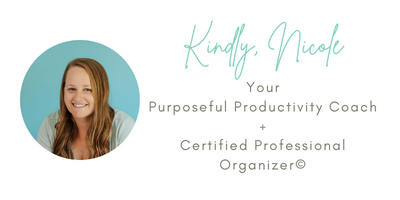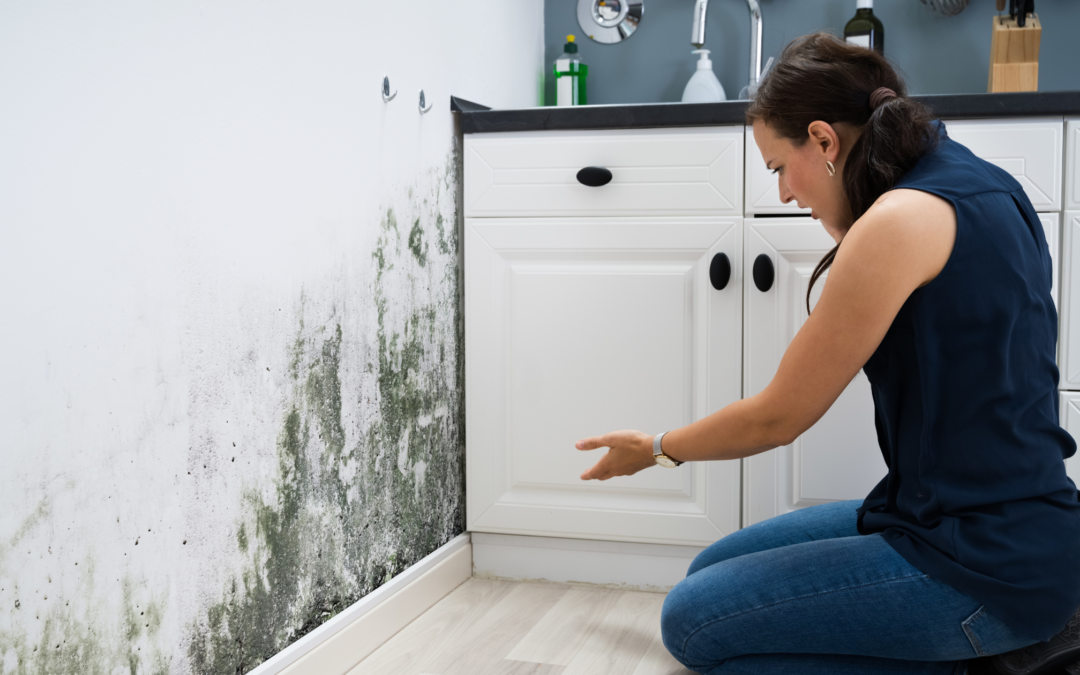Hi Friends!
Summer has officially come to a close, and as we pack away all the summer gear, I want to talk about something I see in many homes—mold. While it’s not just a summer issue, the heat and humidity of this past season where I live certainly didn’t help. Humidity can cause problems in places we least expect.
One of the toughest parts of my job as a Professional Organizer is having to tell people that cherished items they’ve kept for years—sometimes decades—have lost their value because of mold. So many people think their belongings are safe when stored away, but moisture has a sneaky way of creeping in, even in boxes or “protected” spaces.
It’s heartbreaking to discover that something you wanted to keep forever is ruined by mold. I know how emotional it can be. Sometimes, all we can do is snap a photo to keep the memory alive, and then let it go. It’s a hard reality, but it can also be a learning moment for how to protect what we love in the future.
Let’s get real about mold—here’s what you need to know:
The most common household molds:
- Aspergillus: Found in damp, dusty areas and on food. Can cause allergies and respiratory issues.
- Penicillium: Thrives on water-damaged materials like carpets and wallpaper, triggering respiratory problems.
- Cladosporium: Grows on fabrics, wood, and HVAC ducts, causing allergy-like symptoms.
- Stachybotrys (Black Mold): Found in water-damaged areas and linked to severe respiratory issues.
- Alternaria: Common in bathrooms and kitchens, it can trigger asthma and allergies.
Now that it’s fall, we’ve got a lot more germs floating around, and it’s easy to assume those sneezes and coughs are just colds. But keep an eye on your environment—if you’re constantly feeling unwell, it could be mold, especially if symptoms persist.

Here are 5 tips to help prevent mold in your home or storage unit:
- Control Humidity Levels
Keep humidity below 50% with dehumidifiers, especially in basements and storage areas. - Fix Leaks Immediately
Repair any leaky pipes, roofs, or windows as soon as possible to prevent moisture buildup. - Ensure Proper Ventilation
Use exhaust fans in high-moisture areas like bathrooms, kitchens, and laundry rooms. - Clean and Dry Damp Areas Quickly
Dry out wet areas within 24-48 hours to stop mold from growing, especially after spills or flooding. - Use Mold-Resistant Products
When renovating, opt for mold-resistant paint or drywall in high-moisture areas like bathrooms.
Bonus Tip: Want a simple way to test moisture levels in your home? Try placing Damp Rid in your space and note how fast it fills up. This can help you determine if there’s excess humidity and why. This is especially useful for storage units, which often claim to be climate-controlled but aren’t always controlling humidity.
You can even test for mold at home—we did about a year ago, and it was super easy! Here’s the mold test we used: Mold Test Link (not an affiliate link).
If you’ve been putting off organizing a space because you’re worried about mold, don’t delay. Some items might still be salvageable! Just make sure to protect yourself and your family, and if needed, call in a certified mold remediation specialist. Your health and peace of mind are worth it.
Remember, there’s no shame in asking for help! If you’re feeling overwhelmed, reach out to me, and together we can come up with a plan to protect your home and the things you love.
💛
And don’t forget to join the waitlist for the Purposeful Productivity Program! I’ll be sharing a sneak peek soon, and trust me—you won’t want to miss what’s coming!
Stay tuned for next week’s POP Talk!





